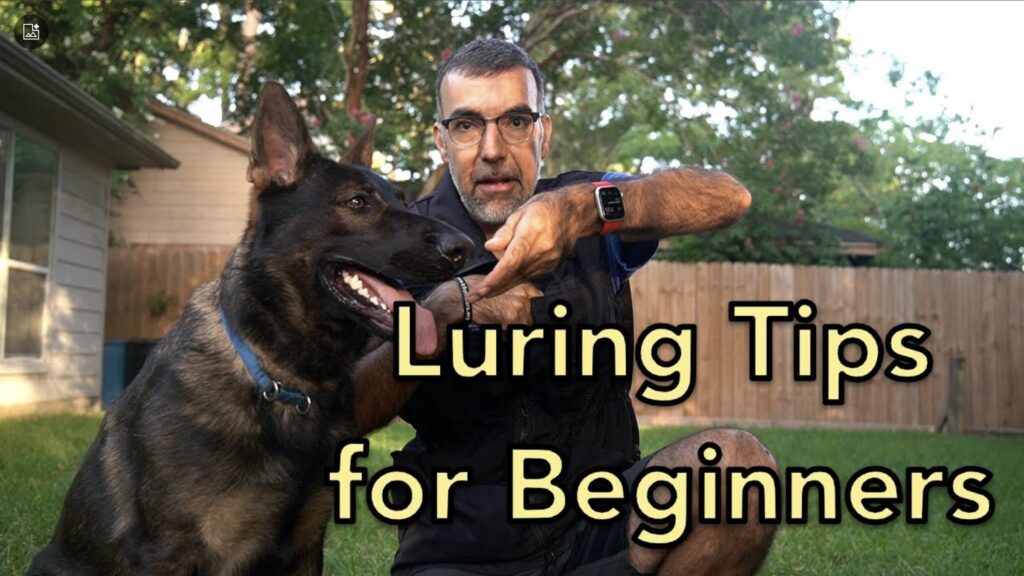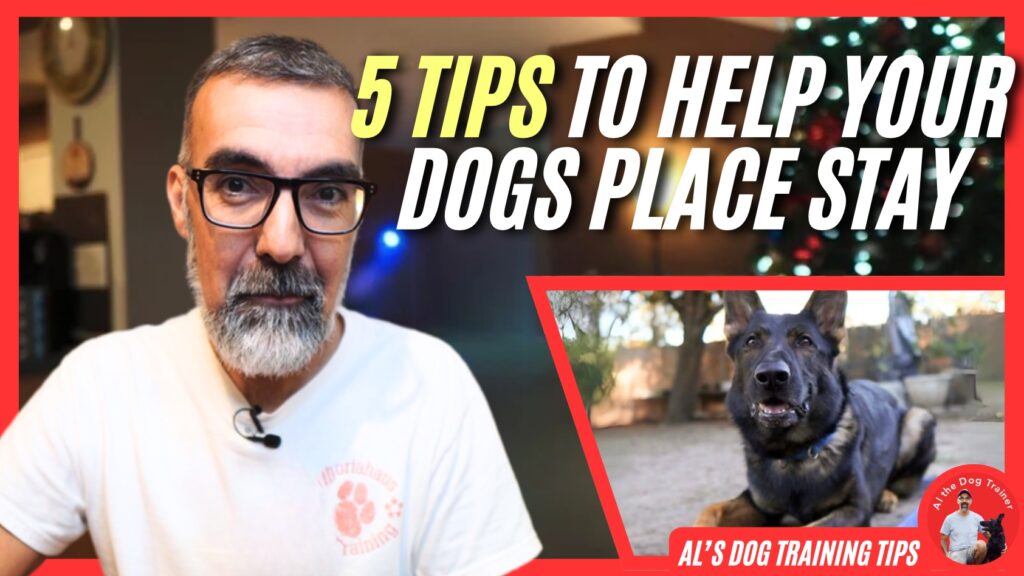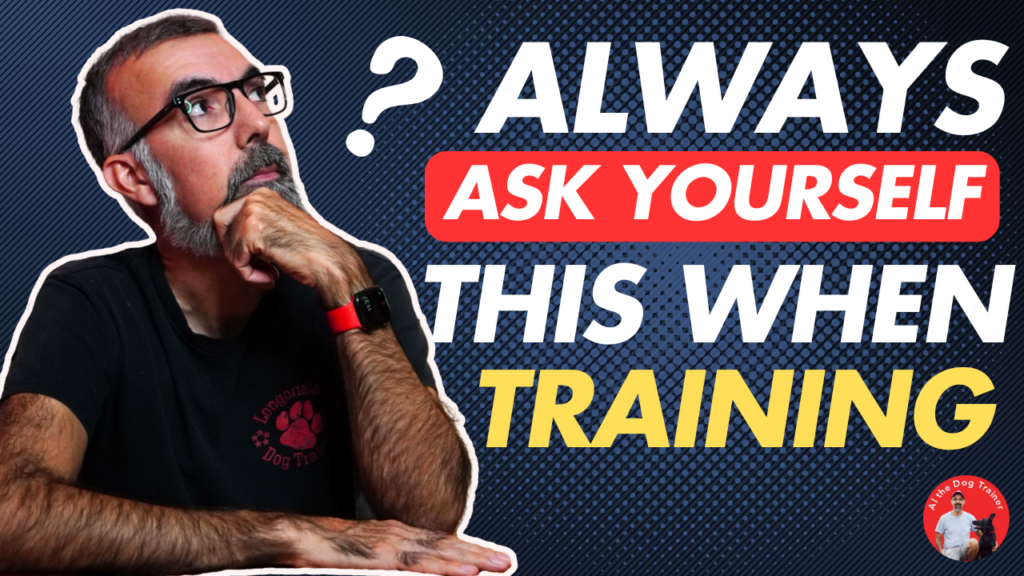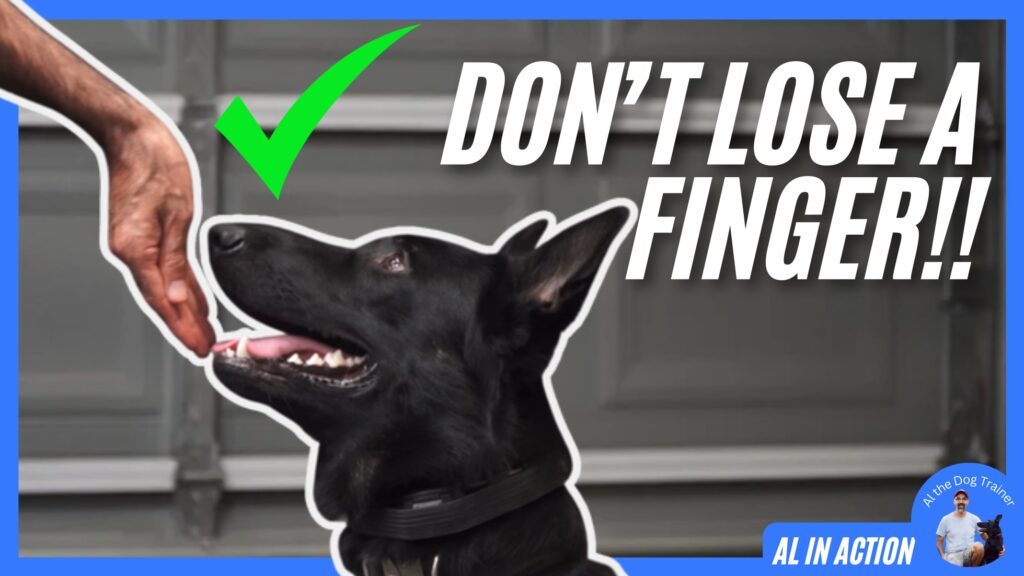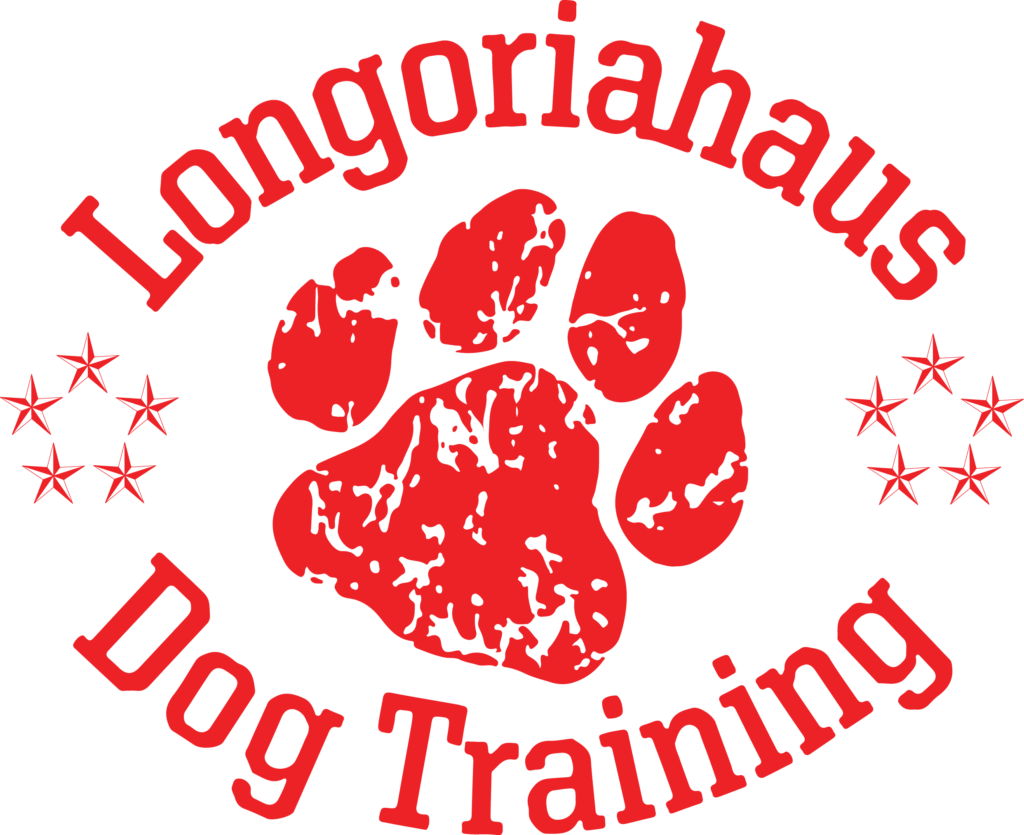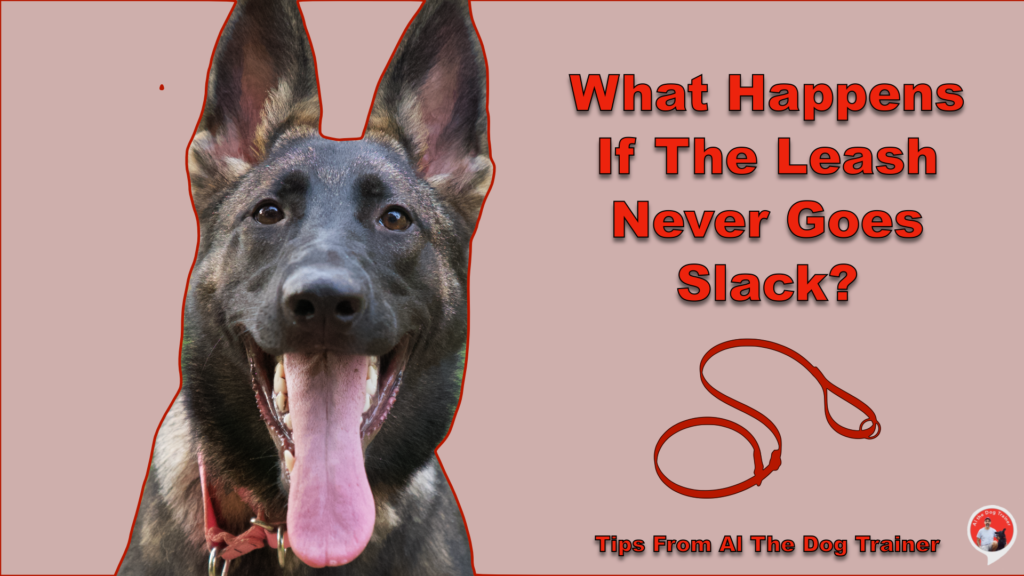
Today’s topic is: What happens if the leash never goes slack? So does your dog pull on a leash? My bet is probably. Most dogs pull on a leash. Now, there are a few select ones that take to the leash rather well. But I’ll tell you that has never been any one of my dogs. Right now, between Gabby, Alpha, and Jericho, I’ve never had a dog that pulled as much as Jericho does.
Jericho
He’s about six months old right now. I’m currently using a Martingale collar the majority of the time. And boy, will he pull on that? He’s one of the few dogs that, if I’m not prepared, this dog could very quickly pull me over and drag me into the street. And I don’t particularly appreciate being dragged by dogs. So what I wanted to share with you guys today is what would happen if the leash never went slack. If your dog just continued to pull.
Well, the first thing is that it would be difficult to take them anywhere that you wanted to go. It would make visits to the vet very difficult, and it would ruin visits to friends or families or restaurants or any vacation you want to go on. It would make it difficult if your dog never stopped pulling on the leash.
Injure Themselves
The other thing, which is the thing that alarms me the most about leash pulling is if you have a dog that’s pulling on the leash, and they’re not choking against it, but that they are pulling. There is a chance, at some point, that pulling is going to injure you and very likely injure them. That’s probably the thing that I’m most afraid of.
Even if the dog was choking on the leash, I know this from personal experience because that would happen with my very first dog. Before I became a professional dog trainer. Even if they’re choking themselves and dragging you on the leash, and they’re tolerating that. They’re going to end up getting injured somehow. The good thing for me is that I figured out how to walk that dog on a leash before I started learning how to train any dog to walk on a slack leash.
Dog Fight
So what happens if the leash never goes slack? Well, your dog will get injured, and you’re possibly going to get hurt, and that can’t be good for anybody. The other thing that’s probably going to happen is if your dog never learns to walk on a slack leash, is, well, the chances for a dog fight go up quite a bit.
You see, if you try to go out for a walk and your dog sees another dog, it’s just going to pull you towards them. And the other dog and its owner will probably put up their defenses. It’s going to be a difficult situation on the flip side of that. If you start getting into walks where you are constantly getting dragged, and you can’t get the dog to stop, then you’re probably going to stop taking them outside and eventually stop walking them. And that, really for me, is the big one. That’s the one that’s going to impact your dog the most dramatically. Because your dog needs to be outdoors and learn how to socialize, it needs to have good manners in your neighborhood.
You probably know all of these things already. You see that leash pulling is a big problem, so I want to share some tips with anybody struggling with leash pulling and some things that you can begin to do.
Leash and Collar
So the first thing that I would advise anybody to get you a 4-5 foot long leash. It doesn’t matter what kind of leash that you’re going to start with. You will probably have to change at some point but start with this short one. Then when you’re thinking about your collar, a good place to start is a Martingale. Now, as I mentioned before, I’m currently getting pulled by my six-month-old German Shepherd on a Martingale collar. A lot of dogs do very well on a Martingale collar. So if you have a 4-5 foot leash and a Martingale collar, you can start training your dog how to walk on a leash.
Now, here’s one technique I can give you. So you’re going to have your dog on this short leash. Put the leash into your left hand and you’re going to go down closer to the collar. Maybe only four or five inches away from your dog. After that, I want you to head out to your driveway.
And as your dog begins to pull, I want you, without saying a word, to walk in the opposite direction. The moment that you do that, I want you to quickly step in the opposite direction as soon as you possibly can. And if the dog ends up jumping out right ahead of you again, turn around and walk the other way. If you end up making four or five turns, slow down. Stop. Relax all the tension on your leash. Gather yourself for a moment. Talk to your dog for a moment and then take off and do it again.
I hope that was useful for some of you. Remember, you can always visit my YouTube Channel for free helpful content or find more right at www.longoriahausdogtraining.com.
Happy Training!

